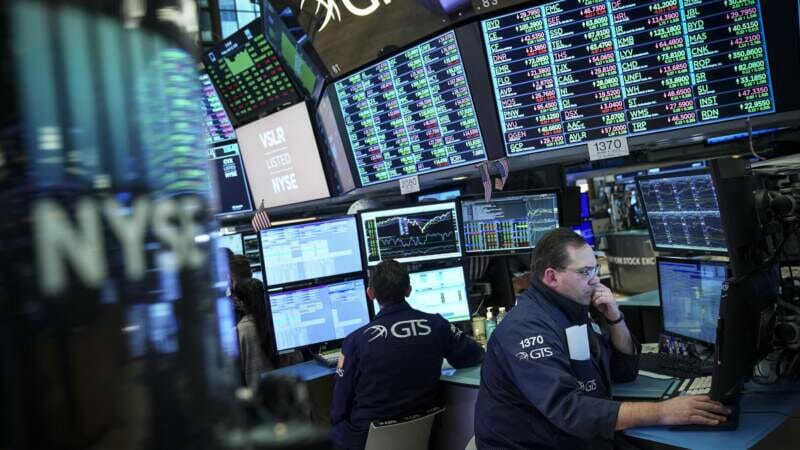A Key Economic Indicator Hints that A Recession May Be Just Around the Corner
Photo by Drew Angerer/Getty Politics Features Recession
I promise this won’t be too wonky, but there are some terms you must know in order to understand why we may be on the cusp of (or already in) a recession, so let’s quickly recap them.
1. Treasury bond: A loan you give to the government that they repay down the line with semiannual interest payments also made to you along the way. It’s such a safe bet that it’s commonly viewed as free money by investors.
2. Treasury yield: The interest rate these treasury bonds pay you semiannually.
3. Inverted 10 year-3 month treasury yield spread:
This is what #3 looks like in two different chart forms.
Treasury yield curve collapsing at long maturities
10yr-3mo spread today 9bps pic.twitter.com/6phj7Xv8MN— Menzie Chinn (@menzie_chinn) May 29, 2019
As investors get more pessimistic about global growth, a key U.S. yield curve gets increasingly inverted. Yields on 3-month T-bills have risen the most above 10-year rates since March, with this gap poised to become the most negative in more than a decade. pic.twitter.com/0kW0X1NANL
— Lisa Abramowicz (@lisaabramowicz1) May 28, 2019
The reason for the economic pessimism isn’t entirely focused in major U.S. business—after all, three-quarters of the S&P 500 just beat expectations in the first quarter 2019—but how things are looking around the globe.
Yield curves all around the globe are inverted right now. pic.twitter.com/enhlzLQzG6
— Michael A. Gayed, CFA (@leadlagreport) May 25, 2019
I qualified that last point with “entirely,” because there is some serious reason for negativity here, and it lies in a key sector that doubles as a major bellwether for the U.S. economy on the whole: manufacturing. Morgan Stanley cited this bleak economic news and the inverted yield curve as evidence that we are on “recession watch,” as their chief equity strategist, Michael Wilson wrote:
Recent data points suggest U.S. earnings and economic risk is greater than most investors may think. The adjusted yield curve inverted last November and has remained in negative territory ever since, surpassing the minimum time required for a valid meaningful economic slowdown signal. It also suggests the ‘shot clock’ started 6 months ago, putting us ‘in the zone’ for a recession watch.
And yes, Trump’s completely unnecessary trade war is also part of this gloomy outlook. It is almost surely related to the inverted yield curves, which demonstrate a near and medium-term pessimism that line up with the fall in manufacturing accelerated by Trump’s taxes on steel and aluminum. Toss in the fact that subprime auto loans are also defaulting at record rates—with the demographic most likely to be 90+ days behind on these loans also the most likely to hold student loans—and it looks like the U.S. economy is springing a gas leak while fires in multiple sectors are becoming more intense. Come 2020, I’d be willing to bet that today’s widespread freakout over the 10 year-3 month inverted yield curve will prove to be far more consequential to Trump’s reelection chances than Robert Mueller’s underwhelming and hypocritical press conference.
Jacob Weindling is a staff writer for Paste politics. Follow him on Twitter at @Jakeweindling.